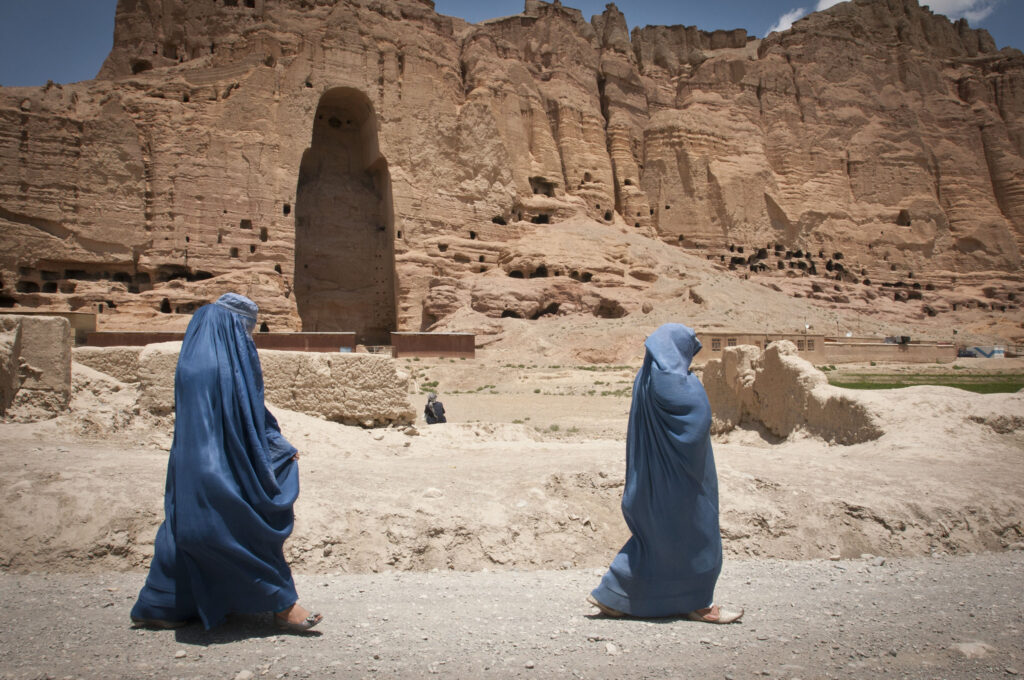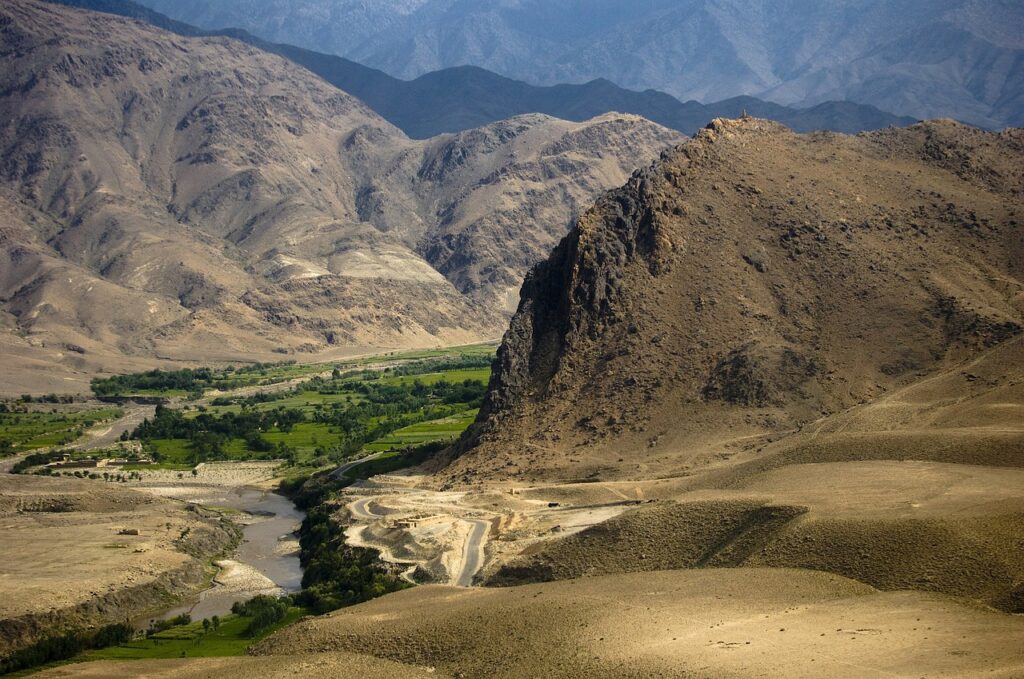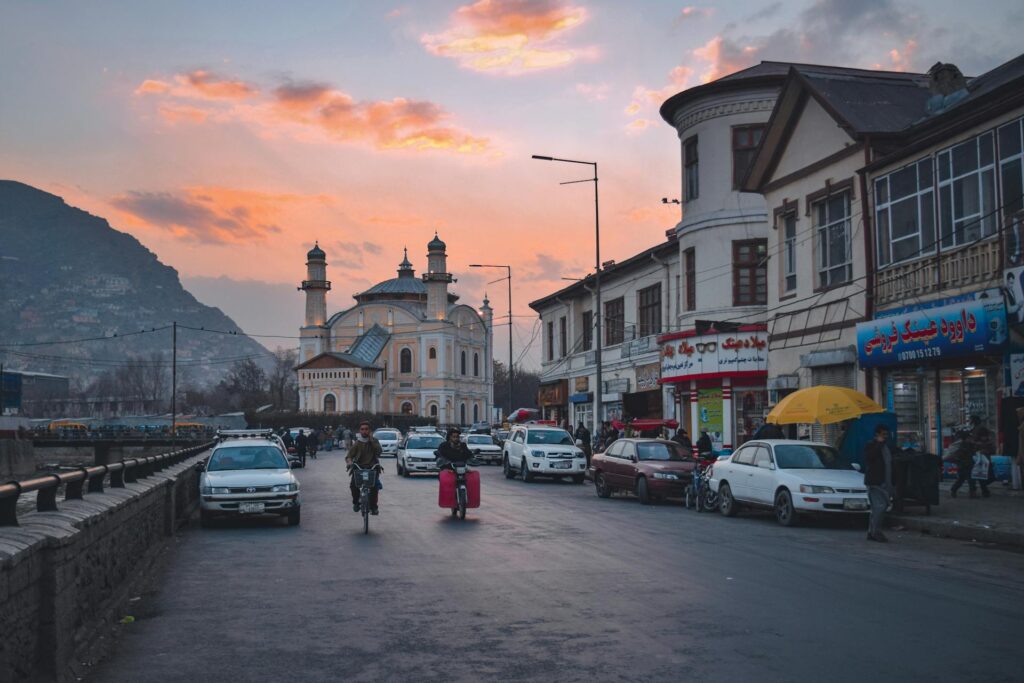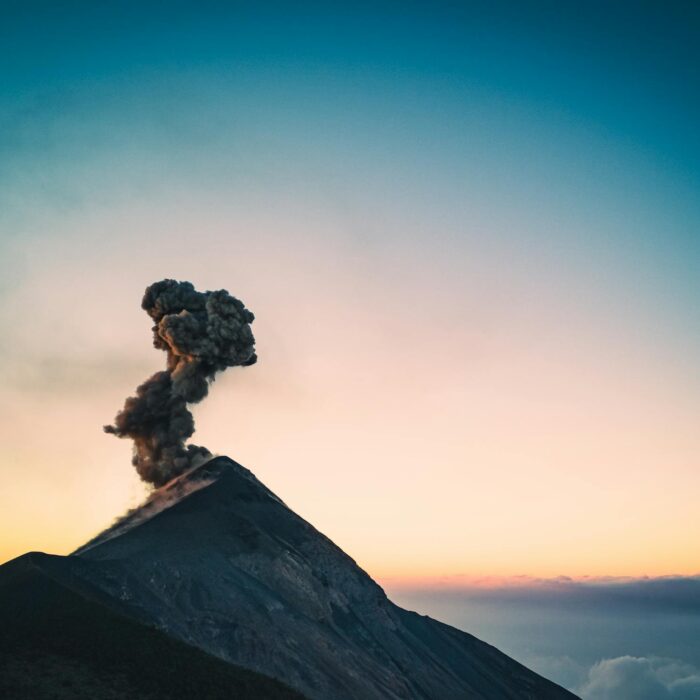10 Interesting Facts About Afghanistan
Quick facts about Afghanistan:
- Capital: Kabul.
- Population: Approximately 38 million people.
- Official languages: Pashto and Dari.
- Currency: Afghan afghani.
- Geography: Landlocked country with diverse terrain, including mountains, deserts, and plains.
- Religion: Islam, predominantly Sunni with a Shia minority.
- Government: Islamic republic.
Fact 1: Afghanistan is ruled by the Taliban
Afghanistan is governed by the Taliban, an Islamic fundamentalist group. While the Taliban controls significant parts of the country, it is not recognized as the legitimate government by many countries and international organizations. Instead, it is designated as a terrorist organization by several countries due to its history of human rights abuses, including its treatment of women and minorities, as well as its support for terrorism.
 李 季霖, (CC BY-SA 2.0)
李 季霖, (CC BY-SA 2.0)Fact 2: Afghanistan produces about 90% of the world’s heroin
Afghanistan is the world’s largest producer of opium, the raw material used to make heroin. It is estimated that Afghanistan produces approximately 90% of the world’s opium, which is then processed into heroin. The cultivation of opium poppies and the production of heroin are major components of Afghanistan’s economy.
Opium use is prevalent in Afghanistan, not only as a source of income through cultivation and trafficking but also as a substance consumed domestically. Opium has a long history of traditional use in Afghanistan, where it is sometimes consumed for medicinal purposes or as a cultural practice.
However, the widespread availability of opium has also led to significant issues of drug addiction and abuse within Afghan society. Addiction to opium and its derivatives, including heroin, poses serious health and social challenges for individuals, families, and communities across the country.
Fact 3: Afghanistan had Buddhism in ancient times
Afghanistan has a rich Buddhist heritage dating back to ancient times. During the first millennium CE, Afghanistan was a major center of Buddhism along the Silk Road trading route. The region was home to numerous Buddhist monasteries, stupas, and other religious monuments.
One of the most famous examples of Buddhist architecture in Afghanistan is the ancient city of Bamyan, located in the central part of the country. The Bamyan Valley was once home to two large statues of Buddha, known as the Bamyan Buddhas, which were carved into the cliffsides during the 6th century CE. These colossal statues, measuring over 50 meters (160 feet) in height, were among the largest standing Buddha statues in the world until they were destroyed by the Taliban in 2001.
In addition to the Bamyan Buddhas, Afghanistan is dotted with numerous other Buddhist sites, including ancient monasteries, stupas, and rock-cut caves adorned with Buddhist art and inscriptions.
Note: If you plan to visit the country, find out if you need an International Driver’s License in Afghanistan to drive.
 DVIDSHUB, (CC BY 2.0)
DVIDSHUB, (CC BY 2.0)Fact 4: Afghanistan has gone through many wars in recent times
One of the most notable conflicts in Afghanistan’s recent history was the Soviet invasion of Afghanistan, which began in 1979 and lasted for nearly a decade. The Soviet-Afghan War resulted in widespread destruction, displacement, and loss of life, as well as significant political and social upheaval.
Following the withdrawal of Soviet forces in 1989, Afghanistan descended into a period of civil war and instability, with various factions vying for power. The country was further destabilized by the rise of the Taliban, an Islamic fundamentalist group that seized control of much of Afghanistan in the mid-1990s.
The 2001 invasion of Afghanistan by the United States and its allies, in response to the September 11 terrorist attacks, led to the overthrow of the Taliban regime. However, the subsequent two decades have been marked by ongoing conflict, insurgency, and instability, as well as efforts to establish a stable and democratic government in Afghanistan.
Fact 5: Afghanistan is a mountainous country
Afghanistan is a mountainous country, characterized by rugged terrain and diverse topography. The Hindu Kush mountain range dominates much of the landscape, running diagonally across the country from the northeast to the southwest.
These mountains are among the highest in the world, with numerous peaks exceeding 7,000 meters (23,000 feet) in elevation. Some of the highest peaks include Noshaq, which is the highest mountain in Afghanistan, and Tirich Mir.
Apart from the Hindu Kush, Afghanistan is also home to other mountain ranges, such as the Pamir and the Sulaiman Mountains, as well as vast plateaus and high-altitude plains. These mountainous regions not only shape the country’s geography but also play a crucial role in its climate, hydrology, and biodiversity.

Fact 6: Starting with independence, Afghanistan had 26 flags
Afghanistan has had a total of 26 different flags. Each flag represented different periods in the country’s history, marked by changes in government, ideology, and political regimes.
The first flag of Afghanistan was adopted in 1919 when the country gained independence from British influence. Since then, Afghanistan has undergone numerous political changes, including the establishment of monarchies, republics, and the rule of the Taliban.
The design of the Afghan flag has evolved over time, reflecting shifts in political power and national identity. Common elements found in Afghan flags include the colors black, red, and green, as well as symbols such as the national emblem or the Shahada (Islamic creed).
Fact 7: Kabul is over 3,500 years old
The origins of Kabul date back to ancient times when it was known as “Kubha” or “Kubhaya” in Sanskrit texts and served as a strategic trading hub along the Silk Road. Throughout its long history, Kabul has been influenced by various civilizations, including the Persians, Greeks, Mauryans, Kushans, and Islamic empires.
Over the centuries, Kabul has played a significant role in regional politics, trade, and culture. It has been a center of learning, art, and commerce, attracting people from diverse backgrounds and contributing to its rich cultural heritage.

Fact 8: Afghanistan has many nationalities and languages
The largest ethnic group in Afghanistan is the Pashtuns, who predominantly reside in the southern and eastern regions of the country. Other significant ethnic groups include the Tajiks, Hazaras, Uzbeks, Aimaks, Baloch, and Turkmen, among others.
With such diversity in ethnicity comes a multitude of languages spoken throughout Afghanistan. The two official languages of Afghanistan are Pashto and Dari (a dialect of Persian), which are widely spoken by different ethnic groups across the country. In addition to Pashto and Dari, there are numerous other languages and dialects spoken by various minority groups, including Uzbek, Turkmen, Balochi, Pamiri languages, and others.
Fact 9: Afghanistan has stunning mosques and traditional architecture
One notable example is the Great Mosque of Herat, also known as the Friday Mosque or Jami Mosque, located in the western city of Herat. Dating back to the 12th century, this magnificent mosque is renowned for its intricate tilework, minarets, and domes, which showcase the beauty of Islamic architecture.
Another iconic mosque in Afghanistan is the Blue Mosque, located in the northern city of Mazar-i-Sharif. Built in the 15th century, the Blue Mosque is famous for its exquisite blue tiles and ornate calligraphy, making it a masterpiece of Timurid architecture.
In addition to mosques, Afghanistan boasts a wealth of traditional architecture, including ancient citadels, fortresses, and historic towns. Cities like Kabul, Balkh, and Bamyan are dotted with traditional mud-brick houses, bazaars, and caravanserais, offering a glimpse into Afghanistan’s rich architectural heritage.
 Momen Badghissy, CC BY-SA 3.0, via Wikimedia Commons
Momen Badghissy, CC BY-SA 3.0, via Wikimedia CommonsFact 10: Tourism to Afghanistan is there, but dangerous and expensive
Afghanistan’s rich cultural heritage, stunning landscapes, and historical sites attract some adventurous travelers, historians, and photographers who are willing to take the risk to explore the country’s attractions. Popular destinations include the ancient city of Kabul, the Buddhas of Bamyan (despite the destruction of the larger Buddhas by the Taliban in 2001), the Blue Mosque in Mazar-i-Sharif, and the rugged beauty of the Hindu Kush mountains.
However, due to the security situation, travelers to Afghanistan face significant risks, including the threat of terrorism, kidnapping, and armed conflict. Moreover, the lack of tourist infrastructure, including hotels, transportation, and guides, can make travel in Afghanistan challenging and expensive.





